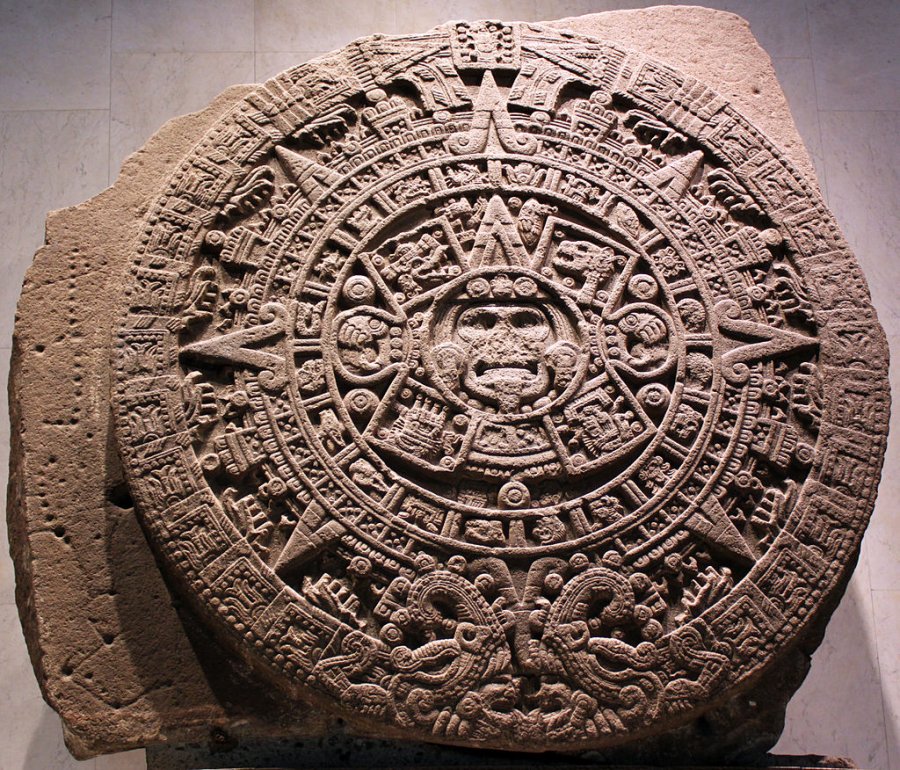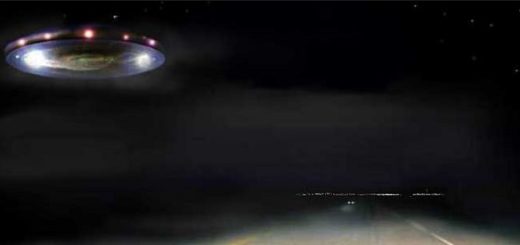On This Day In History: Aztec Calendar Stone Rediscovered – On Dec 17, 1790
On December 17, 1790, the Sun Stone (Stone of the Five Eras), or sometimes (erroneously) called Aztec calendar stone was rediscovered during repairs in Mexico City.
The artifact is a late post-classic Mexica sculpture, probably the most famous work of Aztec sculpture.

The disc-shaped stone is 12 feet in diameter and 3 feet thick, and it weighs about 24 tons. It was covered with pagan symbols.
Shortly after the Spanish conquest, the monolithic sculpture was buried in the Zócalo, or main square of Mexico City.
Following its rediscovery, the calendar stone was mounted on an exterior wall of the Cathedral, where it remained until 1885. Most scholars think that the stone was carved between 1502 and 1521, though some believe that it is much older than that.
The sculpted motifs that cover the surface of the stone refer to main elements of the Mexica cosmogony.
In the center of the monolith, there is a depiction of the solar deity, Tonatiuh, holding a human heart in each of his clawed hands, and his tongue is represented by a stone sacrificial knife (Tecpatl). The four squares surrounding the central deity represent the four previous suns (or eras), 4 Movement (Nahuatl: Nahui Ollin). Each era ended with the destruction of the world and humanity, which were then recreated in the next era.
The Aztecs believed that when the solar and sacred cycles fell on the same day, the universe was in great danger. So every 52 years, they performed an elaborate ceremony of human sacrifice.
Researchers do not know exactly how the stone was used and whether it was an a sacrificial altar, sundial or perhaps calendar. Many theories have been proposed.
The calendar stone is now housed in the National Anthropology Museum in Mexico City.



 Creators of mankind
Creators of mankind Description of “Tall white aliens”
Description of “Tall white aliens” Where they came from?
Where they came from? About hostile civilizations
About hostile civilizations The war for the Earth
The war for the Earth “Tall white aliens” about eternal life
“Tall white aliens” about eternal life Video: “Nordic aliens”
Video: “Nordic aliens” Aliens
Aliens Alien encounters
Alien encounters The aliens base
The aliens base UFO
UFO Technology UFO
Technology UFO Underground civilization
Underground civilization Ancient alien artifacts
Ancient alien artifacts Military and UFO
Military and UFO Mysteries and hypotheses
Mysteries and hypotheses Scientific facts
Scientific facts


















